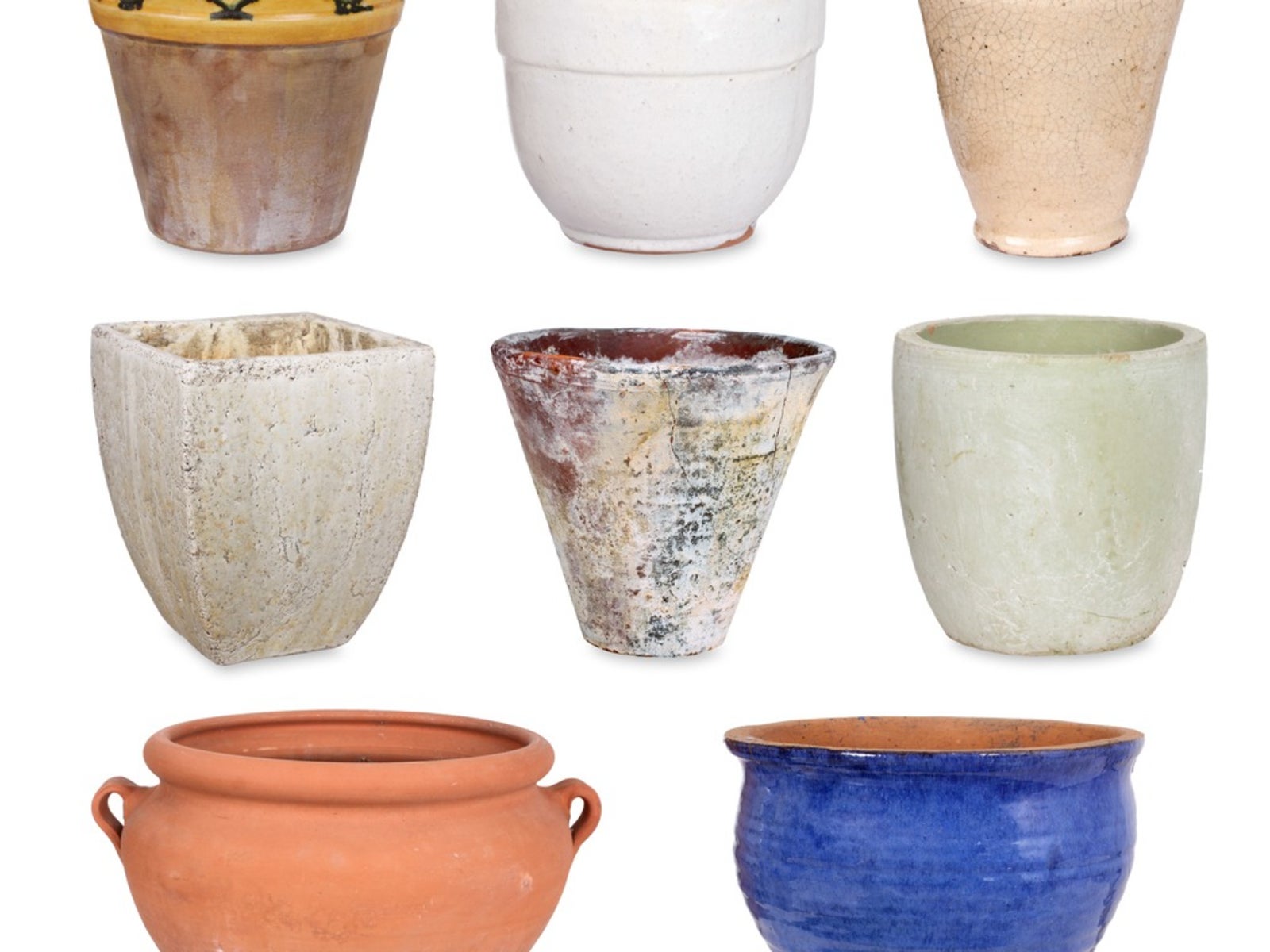Types Of Cachepots: How To Use A Cachepot For Plants

For houseplant enthusiasts, using double pots for plants is an ideal solution to cover up unsightly containers without the hassle of having to repot. These types of cachepots can also allow the indoor or outdoor container gardener to mix and match designs that complement their home, even throughout the seasons. Cachepot plant care alleviates many issues associated with growing potted plants.
What are Cachepots?
Many people are anxious to repot houseplants as soon as they get them home from the store. However, some plants are extremely sensitive, and repotting immediately can disrupt roots and over stress the plant. A better idea is to leave the plant in its original container and use a cachepot. A cachepot is a decorative planter that you can sit your potted plant inside without having to completely repot the plant.
Benefits to Using Double Pots for Plants
Cachepots are usually pretty and may be simple or elegant. These pots add a finished look to your plant. When you use a cachepot, you do not disrupt the plant roots or create stress for the plant. There is no repotting mess and you can move your plant to a new pot at any time.
There are many different types of cachepots including metal pots, baskets, wooden containers, fiberglass pots, terra cotta pots, and glazed pottery. Any bowl, pot, or container may serve as a cachepot as long as your plant will fit inside.
How to Use a Cachepot
Using a cachepot is as simple as setting your plant down inside the container. Be sure that the container is large enough to easily remove the plant if you need to.
If your cachepot has a drainage hole, you can slip a saucer under the pot to catch the water. Some people dress their plant up even more by adding a layer of Spanish moss to the top of the soil.
Cachepot plant care is easy. It is best to remove your plant before watering and allow the water to drain completely out of the plant before placing it back into the cachepot.
Sign up for the Gardening Know How newsletter today and receive a free copy of our e-book "How to Grow Delicious Tomatoes".
Now that you know how to use a cachepot, why not give it a try so you, too, can enjoy the benefits of this container gardening secret.